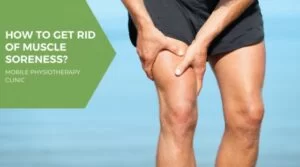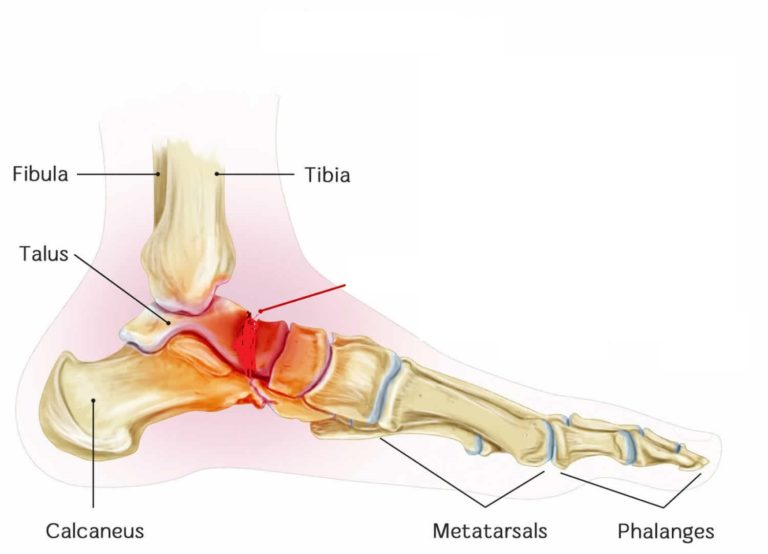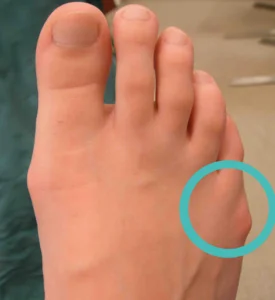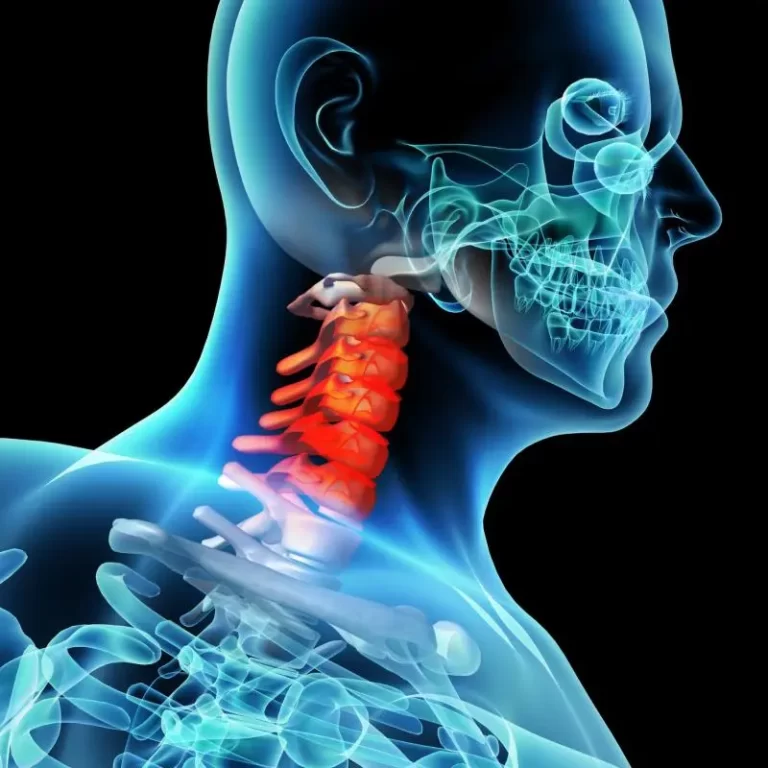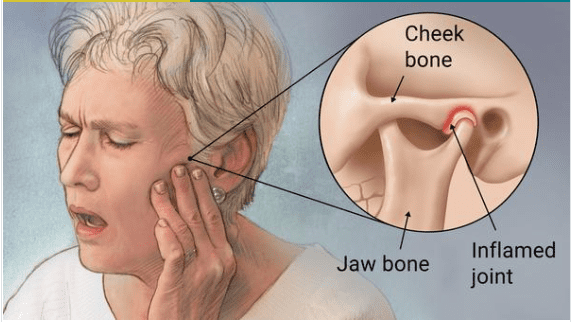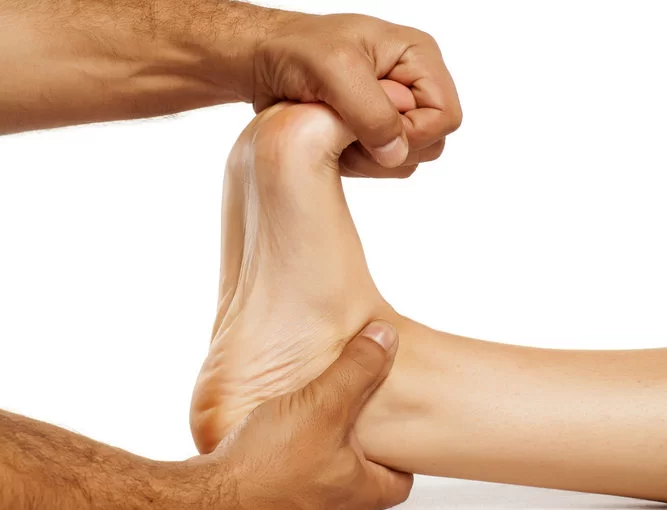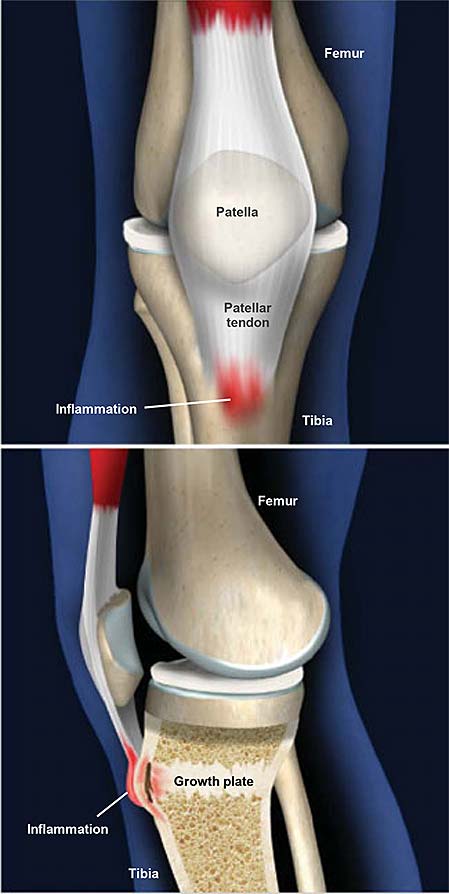How to recover from Muscle Soreness?
What is Muscle Soreness??
Muscle soreness, commonly known as delayed onset muscle soreness (DOMS), is a natural consequence of challenging your muscles during exercise. While it can be uncomfortable, understanding how to effectively recover from muscle soreness is essential for achieving your fitness goals and maintaining a healthy lifestyle.
In this article, we will explore various strategies and techniques to help you recover from muscle soreness, allowing you to bounce back stronger and stay on track with your fitness journey. Whether you’re a seasoned athlete or a beginner, these tips will help you minimize discomfort and optimize your recovery process.
Workout is an essential part of a healthy, active lifestyle. It enhances your heart and lungs and makes strong bones and muscles. Regardless, a workout can induce sore muscles. This is expected if you try a new exercise or boost your intensity. You may utilize new muscles, strain your muscles, or get little tears in your muscle fibers. These are indications that your muscles are pushing to respond to this new workout, grow, and get stronger.
Sore muscles are one of the common side effects of workouts. Depending on the type and intensity of the training, muscle soreness can range from hardly noticeable to seriously painful. Not all muscle soreness is the same. Critical muscle soreness is felt during or instantly after exercise. Delayed onset muscle soreness peaks 30 to 72 hours after exercise.
Why Do You Get Sore After Exercise?
Muscles develop and get stronger when you work them hard sufficiently to cause tiny tears in the muscle tissue. It is a natural process, but it can still generate mild discomfort.
A different soreness occurs when you try a new exercise or a new activity. It usually happens hours or even a day or two later. known as delayed onset muscle soreness or DOMS, which can involve actual damage to muscles. To evade this type of pain, experts advise that when you try an unknown sport or activity, you can exercise for a short duration by one-third. DOMS can also develop when you do a routine activity but you go additional hard.
Professionals once thought that DOMS was expected to cause lactic acid buildup in muscles, but they now realize that is untrue. While the body forms lactic acid when it reaches stored energy, that extra lactic acid evaporates rapidly when the period of work ends. It does not induce soreness that can last days later.
Why Do Our Muscles Initially Become Sore?
Muscle soreness after training (also referred to as delayed-onset muscle soreness, or DOMS) signals that you induced harm to your muscle tissue. When this damage, or micro-tearing, occurs, your body restores by activating inflammation at the affected site.
The Ultimate Self-Care Workbook:
Fluid collects in the muscles, putting extra pressure on the damaged areas, leading to that familiar sensation of tightness and pain that typically begins to develop 12 to 24 hours after your workout.
While you create a slight bit of injury every time you exercise, certain types of workouts are notorious for higher levels of damage and — by extension — soreness. In particular, any workout that’s new to you, more intense than usual, or involves a lot of eccentric movements will likely generate more damage and soreness than additional types of workouts.
It Is okay for your muscles to feel sore, but it should not last too long.
Torn, inflamed muscles feel fatigue and we want to reduce inflammation in our regular daily lives because past study has shown chronic inflammation contributes to many chronic diseases but some degree of inflammation can be an essential signal for muscle growth and repair.
If you help your muscles recover from the damage, they will probably grow back larger and stronger, so it is not so much that we do not want inflammation to happen, but we want to get it under control as soon as possible. You probably want the soreness to go away so you can get back to normal activities and living pain-free.
Why Do Exercises for Active Recovery Help Reduce Muscle Soreness?
When you have any kind of muscle pain after a workout, you have two options: passive healing or active healing. Passive healing is resting the body. This type of recovery is right for strains and other damages. For other post-exercise aches and pains, though, professionals suggest active recovery, which can be virtually any type of light activity.
Active healing functions because it improves blood flow to the muscles and joints. This enhanced blood supply takes away poisons and brings in fresh nutrients for healing.
Active healing activities should be mild in intensity. Aim at a heart rate of 40% to 60% of your maximum. Investigations show that healing workouts are small and effective when they are hard or vigorous.
Exercises for Active Recovery:
There are many training options for active healing. It is smart to choose a training that you like so your healing will be as beneficial to your body as your mind. Some active healing activities include:
Low-intensity exercise. It is okay to utilize your common form of training for active recovery training. Just remember to dial down the intensity. If you walking or jogging, do it at a speed that makes it feasible to carry on a conversation. A bike ride is another option. You can even do weight exercises if you reduce your weight, repetitions, or both.
Yoga. Yoga and especially slow-paced disciplines like yin yoga, are excellent for healing. Yoga can refresh you mentally and psychologically while helping your physical recovery.
Foam rolling. Some individuals find relief from sore muscles by utilizing a foam roller, which mixes the advantages of training and massage. To try this technique, put the roller between the floor and the sore area of the body. Gradually roll on it to put light stress on the muscles.
Foam rolling can be painful, and beginners should use it in little doses while evading pressure on bones and joints.
Swimming and water exercise. Working out in water permits you to benefit from the pressure of the water on the body, which can be compared to the feeling of a light massage. This stress enhances circulation while minimizing pressure on the joints.
In one analysis of runners, those who utilized swimming for rehab exceeded a passive healing group on a run the following day.
When Not to Use Active Recovery?
Pain that exceeds normal soreness means that you may require rest or medical care. Besides taxing the muscles, movement can put stress on bones, tendons, and cartilage. Pain in these regions is possible due to an injury. Active healing strategies could make the injury more harmful.
If you experience any of these symptoms following exercise, consult a doctor:
- Pain that is constant, sharp, or worsening
- discomfort in the area of a recent injury or surgery
- a sore spot that seems distorted, bruised, or swollen
- Pain that persists despite anti-inflammatory medication, ice, or rest
- Pain along with a fever, chills, nausea, or vomiting
- Pain that interferes with sleep
Other Ways to Ease Sore Muscles
Rest: Taking a day off gives your body a chance to improve itself and refill your energy. The second day after a challenging workout could be the hardest. They suggest accomplishing light activity the day after heavy training, then taking off the next day.
Ice: Icing for 20 to 35 minutes can lessen blood flow to sore muscles, which often reduces swelling. And remember: Just because you can not see muscles swelling does not mean they are not inflamed. Be sure to place a towel between the ice pack and your skin and stick to the time limit (25-30 minutes) to cover your skin.
Heat: If your muscles still have pain after 48 hours, try using some heat (carefully). It can boost blood flow to your muscles to relieve tightness and help them sense better. Use a heating pad or towel that is warm but not hot. But be cautious. Take care and watch your body’s reaction. In some cases, heat can additionally inflame muscles. Follow manufacturer instructions to avoid skin burns, and avoid direct communication with any heating device.
Stretching: A daily routine of mild stretching can assist in ending the cycle of tight, aching muscles. Talk to your healthcare provider or a physical therapist if you are distrustful of where to start, particularly if you have any damages.
Massage: It can reduce muscle tension, increase blood flow, and improve the range of movement in your joints. It is also a great mood changer. When your muscles are painful, a gentle massage is most useful. Light pressure may be more suitable for healing than a deep-tissue massage. Or try tender-point acupressure in which a massage therapist applies force and holds it directly on the tender sites.
Medication: You can push an anti-inflammatory medication. Over-the-counter versions can decrease swelling and reduce pain. Try aspirin, ibuprofen, or naproxen.
Compression garments: Wearing compression sleeves during or after training can help reduce muscle soreness afterward and help you recover for your next workout. Sleeves may conceal your arms and calves as you run or lift weights. Your healthcare team can help find the correct fit for you.
Nutrition: Make sure you get sufficient nutrients to feed your tired muscles and replenish your fuel stores. It’s critical to have a healthy protein, fat, and carbohydrate balance.
In general, protein assists with muscle repair and carbohydrates help replenish power stores after aerobic activity. Be sure to get sufficient water and electrolytes (important minerals like sodium, potassium, and magnesium) too.
During and After Your Workout, You Can Do These Things to Reduce Muscle Soreness:
While there are not any instant solutions your muscles just require time to recover there are some techniques you can utilize to reduce soreness and help recovery. Here is what you should know.
During and After Your Workout: Hydrate It may seem obvious, but maintaining proper hydration is essential for muscle repair. Water keeps the juices moving via your system, which reduces inflammation, flushes out waste products, and delivers nutrients to your muscles.
The trouble is, it can be tricky to know if and when you are dehydrated, as you will probably reach dehydration before thirst hits. The color of your urine provides good movement: Medium or dark yellow signals dehydration, whereas pale yellow means you are hydrated.
Immediately After Your Workout, Utilize a Foam Roller (Self-Myofascial Release) or Massage Gun
Self-myofascial release (SMR) is a technique utilized to remove tension in muscles and connective tissues (foam rollers, lacrosse balls, and massage sticks are common SMR tools), allowing to move the fluids that collect in the muscle after exercise.
The foam rolling may help increase the range of motion and decrease DOMS. Foam rolling, as well as different types of massage, improve circulation to deliver more nutrients and oxygen to the involved area, which helps relieve swelling and tenderness.
If you are interested in pushing a foam roller, look for a softer version to begin with. Firmer foam rollers permit you to apply more pressure, but they can be extreme if you are unpracticed to them. Lacrosse balls can even be handy tools to keep around, as they are ideal for smoothing out hard-to-reach spots, like the glutes, lats, calves, and the iliotibial (IT) bands, Arent notes.
Massage guns (also called “percussive massage therapy” or “vibration therapy”) are another popular tool to boost post-workout muscle recovery.
Self-massage devices with percussion function similarly to traditional massage. These handheld devices deliver rapid vibrations that, when put on your muscles, can assist in boosting blood flow to that region.
Many experts suggest the efficacy of massage guns specifically, but massage guns may connect two elements that have been backed by science: conventional massage and vibration therapy.
If you are interested in utilizing a massage gun post-workout, experts indicate finding an area that feels tight and lightly sweeping over the abdomen of the muscle.
After a Hard Workout, Eat Within a Half Hour
By feeding your muscles the nutrients they require to improve and grow back stronger, you may be capable of speeding up the recovery procedure.
This is a suggestion for kick-starting your recovery by making sure to get 20 to 45 grams (g) of protein and 20 to 30 g of carbs into your system within thirty minutes of an intense or long workout (one that is sixty minutes or longer). (One alternative for a snack is a serving of Greek yogurt with a cup of berries and a tablespoon of honey.)
Protein is necessary for the amino acids needed to rebuild your muscles, while carbohydrates play a starring role in refilling the fuel supplies your muscles utilize during your workout.
But do not stop at the post-workout snack; you won’t allow your muscles to heal if you go hungry or skimp on nutritional foods the rest of the day. Prioritize feeds and be sure to keep your day-to-day protein intake relatively consistent so your tissues are fed a steady stream of amino acids throughout the day. Suggestions vary, but the International Society of Sports Nutrition recommends. If you are active, you should consume 4 to 2 g of protein per kilogram (kg) of body weight each day, evenly distributed every three to four hours. That means if you weigh 150 pounds, you will need approximately 95 to 136 g of protein every day.
Fruits, vegetables, and legumes are also key for providing your body with vitamins and minerals — like vitamin C and zinc — that promote healing.
Later On Sleep
Sleep is essential for many reasons, but it is also one of the most essential components of exercise healing. It may not seem like it has a quick effect on [muscle soreness], but it can be useful for sure. Non–rapid eye motion (NREM) sleep, for illustration, improves protein synthesis (the creation of new proteins), which is required to restore damaged muscles. So, the post-workout stage is no time to skimp on shut-eye. Sleep for at least seven hours each night.
Exercise Lightly the Day After a Strenuous Workout
Sore muscles demand rest, but that does not mean it is most useful to kick your feet up and finish the day on the couch. Try to get some soft exercise through workouts like restorative yoga; an easy walk, swim, cycle; or even lightweight resistance training.
The idea is to avoid working the same muscle groups out intensely on back-to-back days. Aim for an effort level of 3 on a scale of 0 to 10 (where 10 represents maximal intensity). You like to get blood moving to the sore muscles to deliver oxygen and nutrients required for repair — without inducing more damage to the muscle tissues.
You Might Want to Avoid NSAIDs
Despite your want to take a painkiller. warns that by doing this, you may be sacrificing important steps in the process of growing new muscle. Nonsteroidal anti-inflammatory drugs (NSAIDs) like Advil (ibuprofen) and Aleve (naproxen) may reduce pain associated with muscle soreness, but they may also stop your muscles from growing bigger and stronger. An eight-week resistance training program aimed at developing muscle and strength in young adults was halted by consuming the maximum recommended dose of over-the-counter ibuprofen.
FAQ
Which is the most useful way to relieve muscle soreness?
To help reduce muscle soreness, try:
Mild stretching.
Muscle massage.
proper rest.
cold therapy to help relieve inflammation.
Heat to help improve blood flow to your muscles.
Take-the-counter (OTC) pain medicine, such as a nonsteroidal anti-inflammatory drug (NSAID) like ibuprofen (brand name: Advil).
How much time is taken to relieve muscle soreness?
Generally, muscle soreness rises around day three and starts decreasing afterward. If your soreness lasts beyond three days, it means you exaggerated it you caused your muscles to be a little too hard. But, long muscle soreness can also be a sign of an injury.
Which relieves sore muscles naturally?
Epsom Salt Soak
A traditional remedy for sore muscles and joints is to take a soothing bath with Epsom Salts. Increased in magnesium and sulfates, Epsom salts are efficiently absorbed through the skin to deliver immediate relief as they lower inflammation, loosen muscle spasms, and loosen tense areas.
Which meals assist with muscle soreness?
Six foods that assist with muscle soreness and recovery:
Wholegrain bread. That is right, do not ditch the carbs. …
Ricotta or cottage cheese. These spreadable cheeses are another fantastic toast topping and a good source of calcium.
Nuts
Legumes
Watermelons
Seeds.
What generates excessive muscle soreness?
The most common reasons for muscle aches and pains are Injury or trauma, including sprains and strains. Overuse involves using a muscle too much, too soon before heating up, or too constantly.
Is Heat good for sore muscles?
There might not be enough blood flow during highly vigorous activity to remove all the toxins. Muscle pain is caused by the chemical accumulation, such as lactic acid. Use heat to soothe painful muscles after exercise because the blood supply aids in the elimination of harmful toxins.
Do sore muscles need heat or cold?
Heat may worsen an injury, whereas ice effectively reduces edema, inflammation, and discomfort in the early stages. It’s acceptable to use heat for injuries that have been bothering you for longer than six weeks. Increased blood flow helps to soothe sore joints and loosen up tense muscles.
What increases muscle recovery?
6 Tips for Improving Muscle Recovery
Hydrate consistently. Your body needs a lot of water to develop the proteins that make up muscular tissue.
Eat the proper kinds of food.
Hear to your body.
Do active recovery exercises.
Massage sore muscles with foam rollers.
Get sufficient sleep.
Reference
- American College of Sports Medicine: Delayed Onset Muscle Soreness
- Afonso, J., et al. (2021). The effectiveness of post-exercise stretching in short-term and delayed recovery of strength, range of motion and delayed onset muscle soreness: A systematic review and meta-analysis of randomized controlled trials. Frontiers in Physiology.
- American College of Healthcare Sciences. (2017). 3 common and dangerous essential oil mistakes.
- National Academy of Sports Medicine: “Active Recovery Workouts: What to Do on Your Rest Day,” “The Lactic Acid Lowdown: Clarifying Common Misconceptions.”

